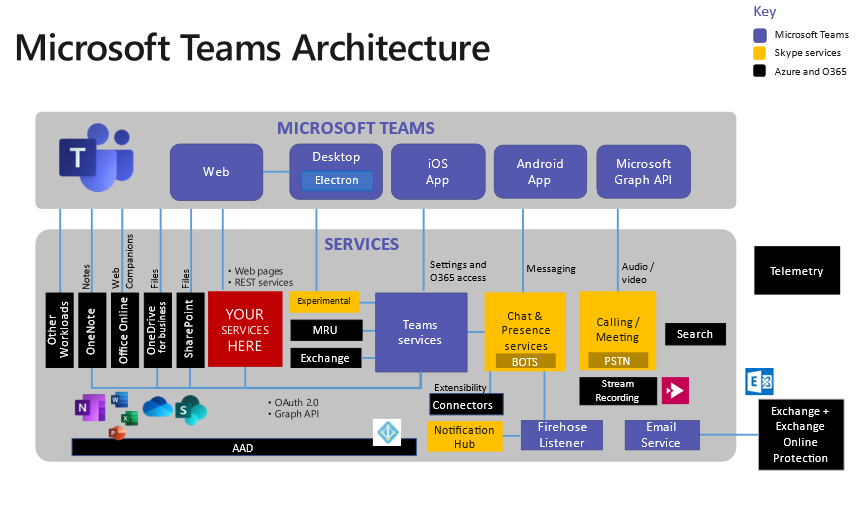
Teams isn't just a chat app - it's a fucking spider web of Microsoft services that auto-provisions a SharePoint site, Exchange mailbox, and OneNote notebook every time someone creates a team. This sounds convenient until you realize you now have 47 SharePoint sites for a 20-person company because Bob from accounting thought he needed a separate team for "Q4 Budget Planning - Final - FINAL - Use This One."
The Teams Admin Center
The Teams admin center is where IT admins go to die slowly. Microsoft changes the interface monthly, policies have dependencies you won't discover until something breaks, and the Azure AD integration means guest access requires explaining to external users why they need yet another Microsoft account just to join your fucking meeting.
Guest Access Challenges
Guest access sounds great until you actually try to use it. External users get confused by the multiple ways to join (web browser, desktop app, mobile app), permissions are Byzantine, and you'll spend more time troubleshooting "why can't our consultant see the files" than you'll save from having everything in one place.
SharePoint Integration: A Double-Edged Sword
The SharePoint integration is both Teams' biggest strength and its Achilles heel. Files sync beautifully across Office apps, version control mostly works, but finding anything shared more than 3 months ago requires the search skills of a Google engineer. The document library structure follows SharePoint logic, which means it makes perfect sense to Microsoft and absolutely no sense to humans.
Migrating from Slack
Want to migrate from Slack? Budget 6 months minimum. Users will complain that channel notifications either spam them constantly or disappear entirely - there's no middle ground. The migration tools exist but they're about as reliable as Windows Update.
Production Horror Story
Production Horror Story: We once had Teams randomly stop syncing messages for half the company during a product launch. The issue? A service health incident that Microsoft didn't acknowledge for 4 hours. Meanwhile, our remote team in Berlin thought everyone had given up on life. The fix was waiting for Microsoft's backend team to restart some service, but not before we had three different "emergency Slack accounts" created by panicked managers.
Desktop App Performance Issues
The desktop app regularly hits 2GB+ RAM usage on Windows machines. Task Manager shows it running more processes than Chrome, and killing the app requires ending 6 different Teams processes. The web version works better for basic chat, but good luck with screen sharing or file uploads larger than 100MB.
Debugging Teams
Debug tip: When Teams inevitably breaks, check the Teams admin center service health first, clear the Teams cache (%appdata%\Microsoft\Teams\application cache), and keep the web version bookmarked as backup. Your help desk will thank you.
The Future of Teams Deployment
The deployment nightmare is just the beginning. Once you've got Teams technically working, you'll discover that Microsoft's "advanced" features - their AI meeting summaries and phone system replacement - come with their own special brand of production failures that'll make you nostalgic for the simple days of SharePoint sync errors...



